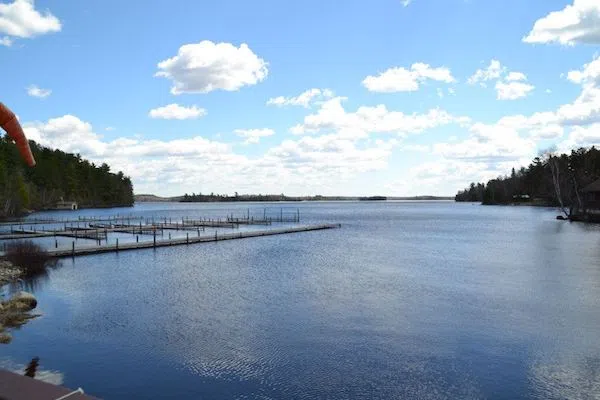
Climate change is now bringing warmer winters and more rainfall to Minnesota, and environmental groups say too little is known about how it’s affecting the state’s bodies of water.
Jeff Forester is the executive director of the group Minnesota Lakes and River Advocates. He points out that many scientists are tracking changes in oceans, but Minnesota doesn’t have enough information about what’s happening below the surface of its famous “10,000 lakes.”
“The size and abundance of fish species is declining globally, as well in Minnesota,” says Forester. “Although we may have some of the healthiest, naturally reproducing fish stocks in the world, we have less than we did 10 years ago.”
Forester says warming temperatures mean energy that once was concentrated near the center of a lake is being redirected to the sides and lake bottom, encouraging harmful algae blooms and invasive species.
The group is working to develop what it calls “a constituency” – much like backers of agriculture or forestry – to help rivers and lakes survive in the future.
The U.S. Department of Natural Resources acknowledges that Minnesota’s climate is changing faster than any other of the lower 48 states. In 2018, one Minnesota community received more than 60 inches of rain, which is close to the average for New Orleans.
Forester says it’s important to closely track what climate change is bringing to the state’s lakes, because they’re central to Minnesotans’ identity and way of life.
“We’re not up here for the winters, we’re here for the lakes,” says Forester. “And often we don’t see trouble with the lake – we look out at the lake and we see the surface of the water. But what’s happening below the surface of the water, people are less aware of, and that’s really where things are beginning to change.”




